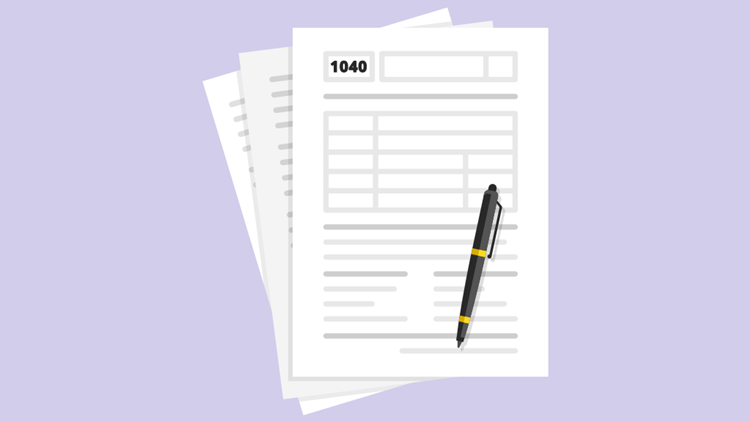
With tax time’s arrival, those Americans who don’t normally have to file an income tax return usually think their circumstances mean they have no benefit to filing a return.
This year, however, could be very different. Credits can make it happen.
The individual’s first priority should be finding out whether they have to file. The Internal Revenue Service’s Interactive Tax Assistant can help them answer that question.
Most times, the need to file is based on income, filing status and age. Other rules could come into play if the would-be filer is self-employed or can be claimed as a dependent of another taxpayer.
Basic questions may point the way
In determining whether to file, taxpayers need to answer some simple questions:
- Did the taxpayer’s employer withhold federal income tax from their pay?
- Did the taxpayer make estimated tax payments during the tax year?
- Did they overpay last year on their taxes and have it applied to their 2021 tax?
If the taxpayer can answer yes to any of these three questions, they could be due a refund. However, they will have to file an income tax return to receive it.
Reasons why some non-filers should file
While some individuals may think their income isn’t enough to warrant filing an income tax return, that income may be enough to qualify for some tax credits. These credits are refundable, meaning a qualified taxpayer can receive the credit even if their tax bill is zero.
Earned Income Tax Credit (EITC): For the 2021 tax year, a working taxpayer needed annual income of just $57,414 or less to qualify for the EITC. By filing this year, taxpayers can qualify for the credit which is worth from $1,502 to $6,728, depending on how many children they have, and the couple’s filing status.
People can use their income from either 2019 or from 2021 to calculate their credit – whichever year gives them the larger credit can be used. The EITC Assistant on IRS.gov can give taxpayers a look at their eligibility.
An important note for taxpayers claiming the Earned Income Tax Credit: the law specifies that income tax refunds with amounts for the EITC cannot go out before mid-February.
Child Tax Credit (CTC): Along with its other requirements, the CTC requires qualified taxpayers to have at least one child under the age of 18. For those taxpayers who have other kinds of dependents, there’s a different credit available.
These credits are available to taxpayers who have:
- Dependent children who are age 18 or older at the end of 2020
- Parents or other qualifying individuals they support
Taxpayers can get help in determining if they qualify for these credits by visiting the Child-Related Tax Benefits webpage on IRS.gov.
Education Credits: A pair of higher education credits can help ease the bite of going to college, sending a child to college, or even being retrained for a job. The American opportunity tax credit targets the costs of getting a four-year undergraduate degree, while the lifetime learning credit provides post-graduates and other long-term part-time students with their own credit.
The student can be the taxpayer, their spouse, or their dependent. The qualified student must have been enrolled at least half-time for one academic period. Being refundable, these credits allow taxpayers to qualify even if they don’t owe any taxes.
Use Form 8863, Education Credits, to claim the credits.
Recovery Rebate Credit: If someone missed out on one of the first two Economic Impact Payments (EIPs) or didn’t qualify for the third one, they might be able to claim the recovery rebate credit.
An individual’s 2021 tax year information is used to determine their eligibility. If they qualify, they have to file a 2021 tax return to get the credit – even if they don’t normally file.
The credit reduces any tax due for 2021 or will be included in a tax refund.
Source: COVID Tax Tip 2022-08
